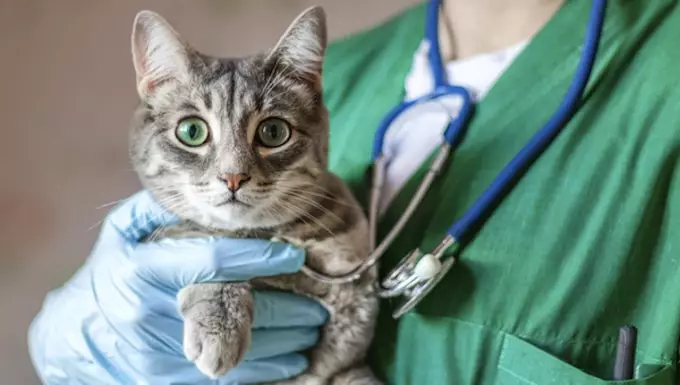The condition of idiopathic epilepsy in cats is a debilitating brain disorder characterized by recurrent seizures and, in some instances, an alteration in consciousness. The term “idiopathic” implies that the precise causes of the condition remain elusive, leading to ongoing speculation within the veterinary community. While many veterinarians lean towards a genetic predisposition as a potential root cause, the reality is that reliable answers are still lacking. This article offers insights into the symptoms, diagnostic procedures, and treatment options available for feline epilepsy.
Idiosyncratic seizures manifest in distinct phases, each presenting its own array of behavioral changes, physical reactions, and psychological states. The three primary stages are referred to as the aura, ictus, and postictal periods.
During the **aura stage**, pet owners may observe certain warning signs prompting immediate concern. Common symptoms include restlessness, trembling, hiding, or seeking isolation. This phase serves as a precursor to the more intense seizure activity that follows.
Moving into the **ictal stage**, the cat experiences pronounced convulsions. Symptoms during this episode can include involuntary jerking movements, excessive salivation, loss of balance leading to collapse, and even incontinence. Cats undergoing seizures may seem disconnected from their environment, which can be distressing for both the animal and its caregiver.
Finally, after the seizure subsides, the **postictal stage** emerges, indicating a recovery process that can sometimes confuse pet owners. During this phase, the cat might exhibit erratic pacing, disorientation, or lethargy as they gradually return to their normal state. Being informed about these stages can help pet owners react appropriately during a seizure.
If you witness your cat endure seizures, it’s crucial to seek professional veterinary care immediately. Diagnosis involves a multi-faceted approach. The veterinarian will typically start by requesting an in-depth history of the cat’s symptoms. Following this, a comprehensive physical examination will be conducted, and various tests, including blood and urine analyses, will help rule out other potential causes.
These tests can be pivotal in identifying underlying issues, such as metabolic imbalances or infections, both of which might mimic seizure-like behavior. Advanced imaging techniques, like MRIs and CT scans, can offer invaluable insights and further help in confirming the diagnosis of idiopathic epilepsy.
Moreover, it’s essential for pet owners to remain vigilant and participate actively in documenting their cat’s symptoms. Keeping a detailed journal can provide useful information to the vet, improving the chances of a more accurate diagnosis.
While there is no definitive cure for idiopathic epilepsy, treatment regimens are designed primarily to alleviate symptoms and enhance the overall quality of life for affected cats. The cornerstone of medical management involves the administration of anticonvulsant medications. These drugs aim to reduce the frequency and intensity of seizures while ensuring the cat experiences minimal side effects.
When managing a cat’s medication, adherence to the veterinarian’s prescribed dosage and frequency is crucial. Often, it may take time for the vet to find the ideal medication or combination of drugs for your cat. Regular vet visits are essential to monitor your cat’s response to the medication, allowing for dose adjustments as needed.
In addition to pharmacological treatments, lifestyle modifications can play a supportive role. Maintaining a stress-free environment, ensuring a consistent routine, and avoiding potential seizure triggers—like loud noises or excessive excitement—can also contribute positively to your cat’s well-being.
Navigating the complexities of idiopathic epilepsy in cats can be overwhelming, both emotionally and logistically. However, early intervention and ongoing management can make a substantial difference. Understanding the symptoms, being proactive in diagnosis, and establishing a treatment plan are vital roles that cat caregivers can embrace. If you have experience dealing with this condition in your pets, sharing insights and strategies can be instrumental for others on a similar journey.
While idiopathic epilepsy may pose significant challenges, a proactive approach can foster resilience and hope in both cats and their devoted owners.


Leave a Reply